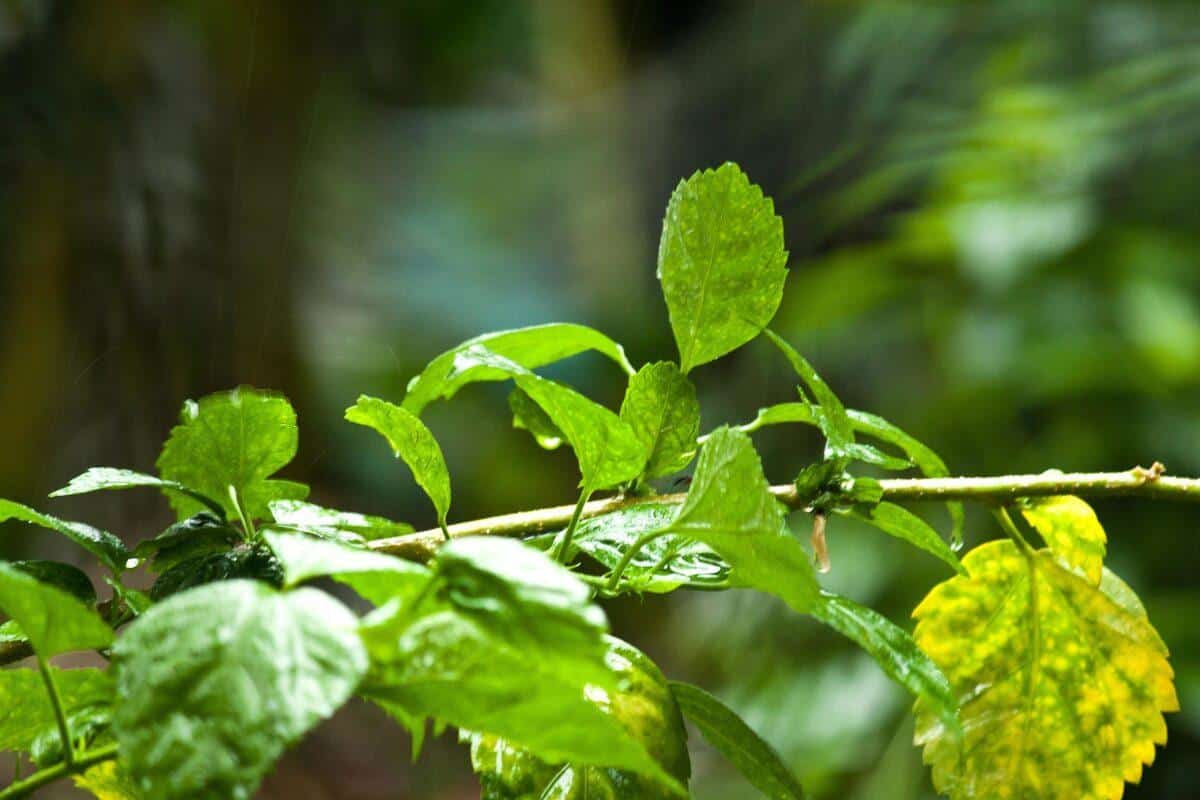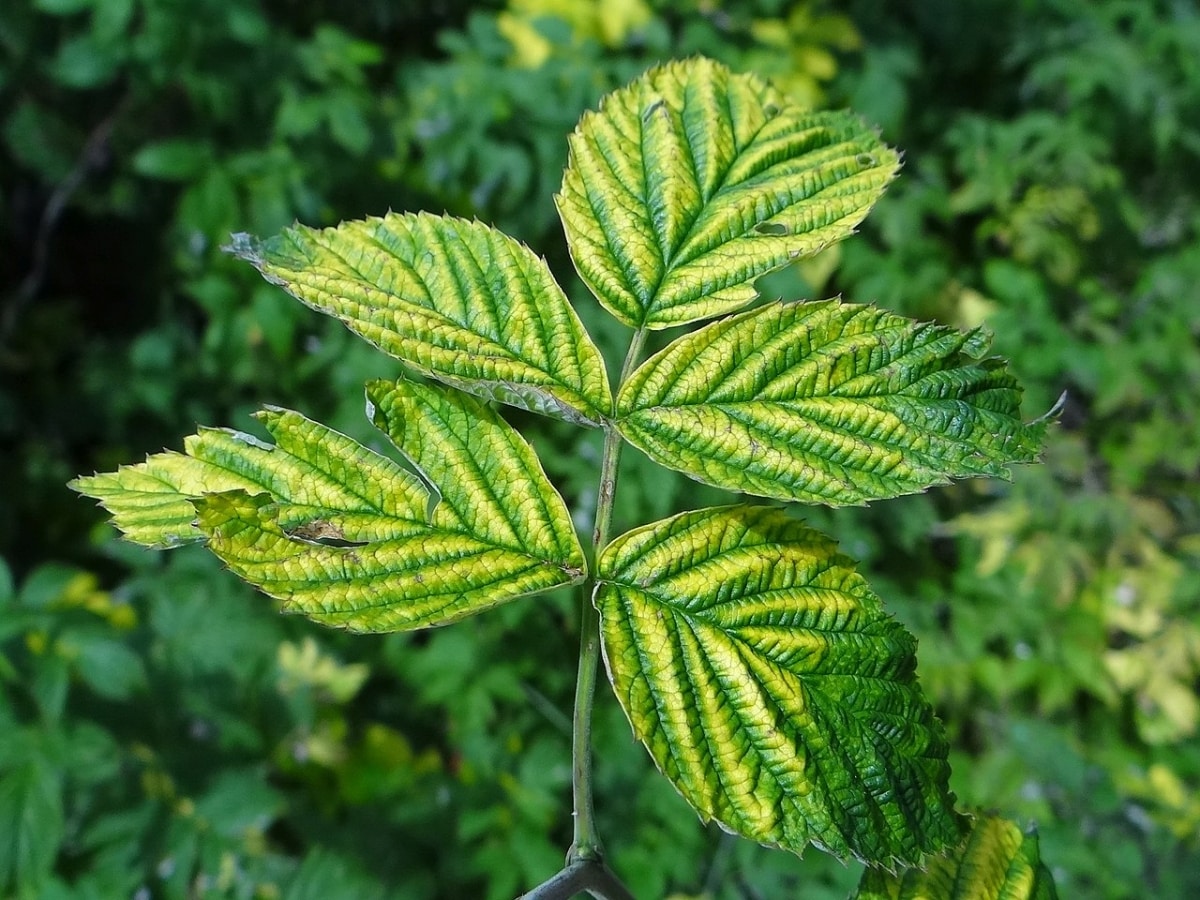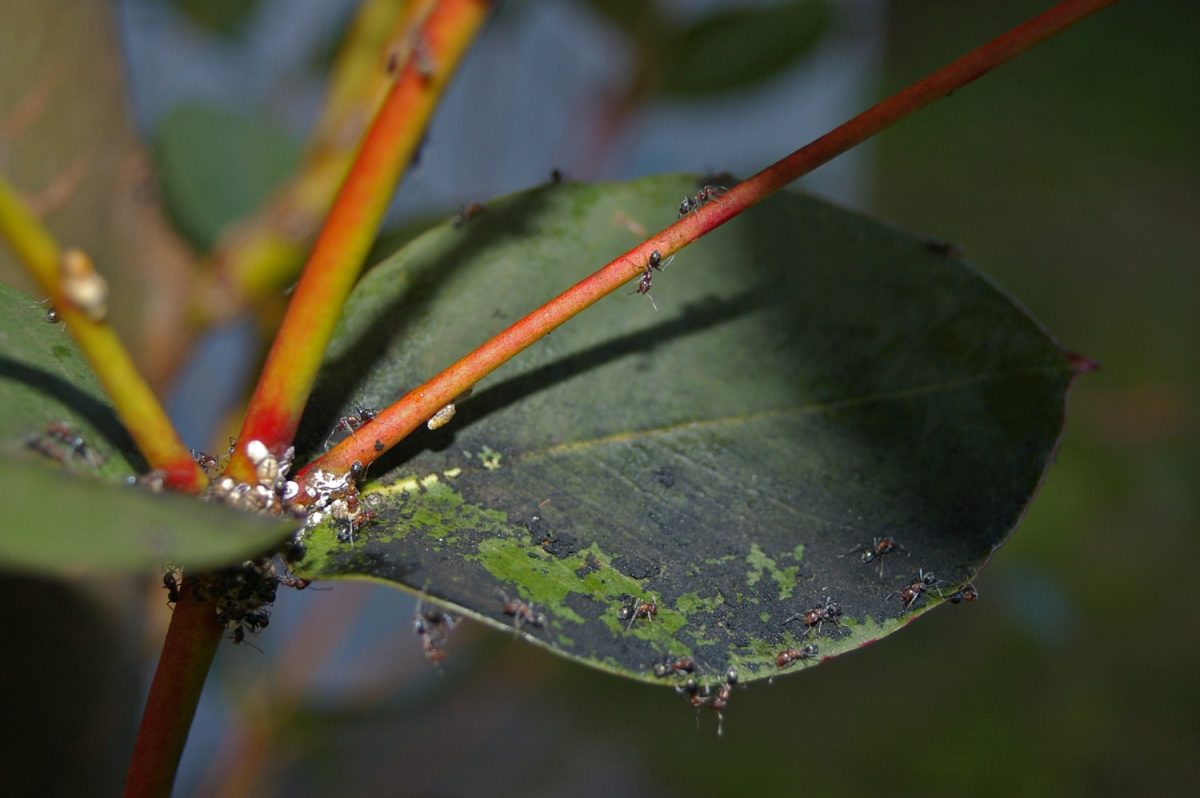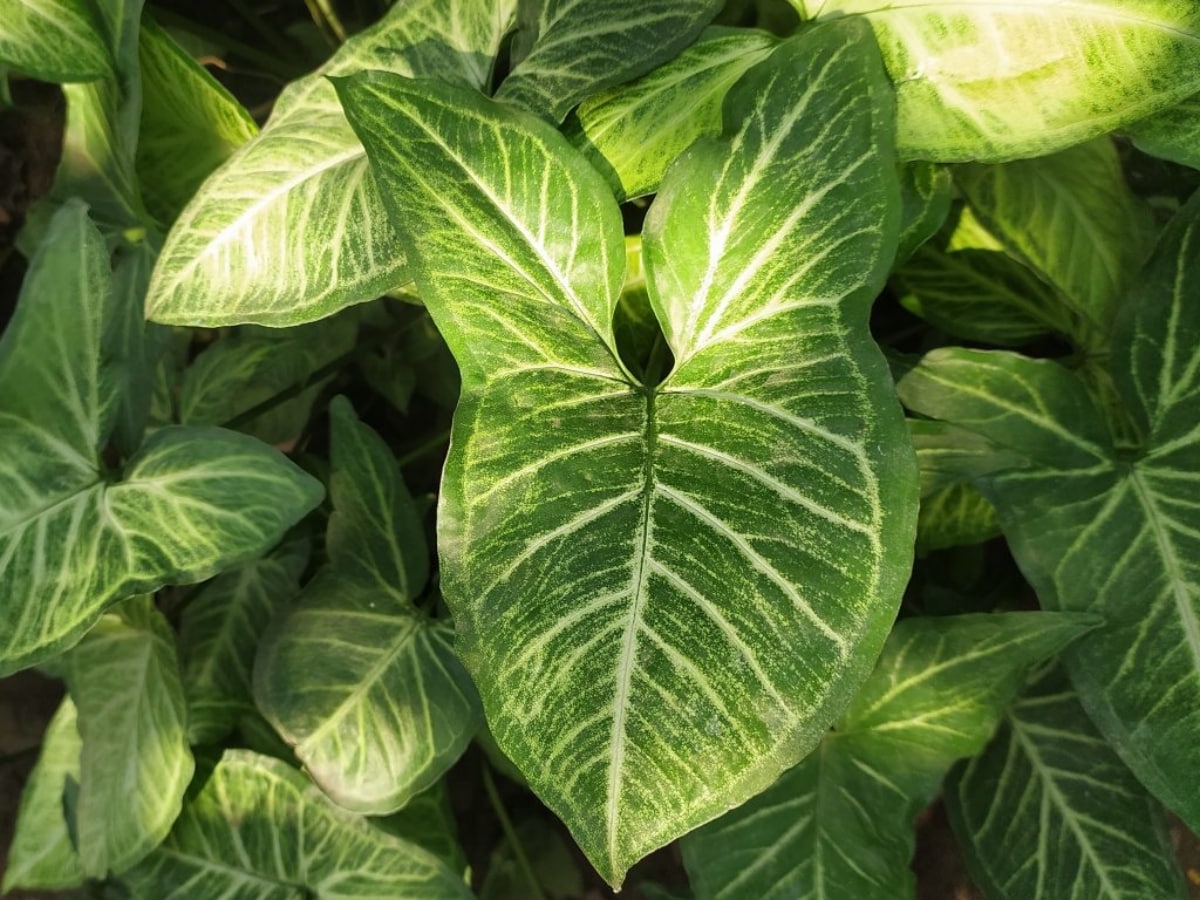
When something happens to a plant, it is almost always the leaves that show the first symptoms. Being more exposed, they are very vulnerable to pests and diseases, but also to excess or lack of water and nutrients. These are complex, since one of their main functions is to carry out photosynthesis, that is, to transform the sun's energy into food, so when they are damaged or their health weakens, the whole plant has a hard time.
But if there is a symptom that draws attention, it is to see the claw-shaped leaves downwards. It may even be that when we touch them they seem like paper, or that we notice that there are insects on their nerves that are damaging them.
Why do my plant have claw-shaped leaves facing down?
As there are several possible causes, we are going to talk about each of them separately so that you can get a clearer idea of what may be happening to your plant:
Excess compost or fertilizer
First of all, you have to differentiate the manure from the fertilizer: the first has an organic and therefore natural origin; while the second is chemical. It is often said that the fertilizer is the chemical fertilizer, but this is not correct because the fertilizers are, as I say, natural and ecological (hence, all fertilizers are authorized for organic farming, but there is no fertilizer that is ).
Returning now to the subject at hand, we will see that a plant has claw-shaped leaves pointing downwards if we have paid or fertilized it with a fertilizer rich in any of these nutrients: nitrogen, phosphorus and/or potassium.
It is especially common to see these symptoms in plants that are fertilized with nitrogenous fertilizers., since we humans usually want them to grow as fast as possible, and since nitrogen is the nutrient they use the most precisely to grow, we don't usually hesitate for a moment to apply nitrogen fertilizers without thinking about the consequences.
Both phosphorus and potassium take advantage of it for flowering above all, so that an excess of fertilizers rich in either of these two nutrients applied during flowering can also cause the leaves to curl.
Nutrient deficiency

Image - Wikimedia / Jerzy Opioła
Although it is not something that I have seen much, I do think it is important to mention it. When a plant lacks some nutrient - iron or manganese is usually the most common - it can be the case that its leaves become chlorotic but also that they seem to lose weight and "fall".
For this reason, it is very important that if we detect the first symptoms (such as yellowing of the leaves) we fertilize the plants with a manure or fertilizer that is rich in a wide variety of nutrients, such as guano (for sale here).
very high temperatures, heat
When temperatures are higher than they can withstand, plants react in different ways, such as folding their leaves, for example. Others, on the other hand, what they do is make their leaves have a downward claw shape. This is a symptom that will not be accompanied by any other; that is, apart from having its foliage like this, it will be quite healthy, without a trace of pests.
Now, if we have it planted in a pot, especially if it is plastic and in full sun, we will surely notice that it is very hot, something that is a problem for the roots, since they will have more difficulty staying hydrated.

Pests
There are many pests that hide on the underside of the leaves, causing them to end up deformed, such as the mealybugs, aphids or thrips. As they like the heat very much, we will see them more active during the warm months.
Therefore, if we see the insects themselves, or discolored spots, we will have to take measures so that the situation does not get worse.
How to recover it?

If you have a plant with leaves like this, the first thing you have to do is find out the cause. And it is that depending on what this is, the measures that you must carry out so that it recovers will be one or the other. For example:
- Excess compost or fertilizer: when it is suspected that it has been paid or fertilized more than necessary, what has to be done is to irrigate, only with water, so that the product filters down. If it is in a pot, it is advisable to remove it and change the soil without touching the root ball or root ball.
- Nutrient deficiency: as it is sometimes difficult to know which nutrient it lacks, the most advisable thing is to fertilize it with one that has, at least, the most important ones and others whose lack also causes many problems such as nitrogen, potassium, phosphorus, manganese and iron. But yes, you must follow the instructions on the package, otherwise you could cause serious damage.
- very high temperatures: if the plant is experiencing more heat than it can bear, we recommend either putting a shading mesh on it as a sunshade, or moving it to a cooler area.
- Pests: if you have any pest, such as aphids or mealybugs, you must treat it with specific insecticides or a triple action, such as this.
As you can see, your plant may have bad leaves for various reasons, but we hope you have the opportunity to recover it.